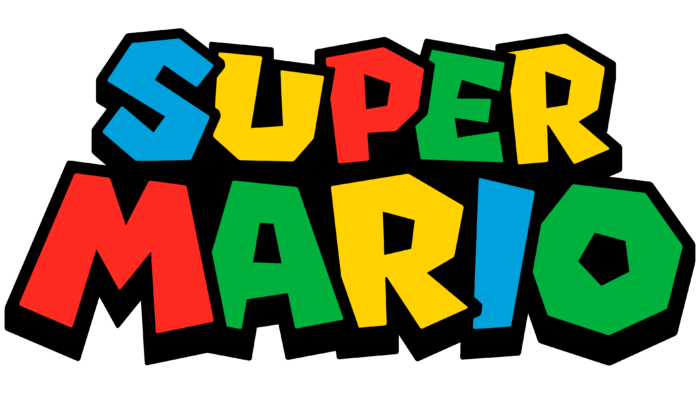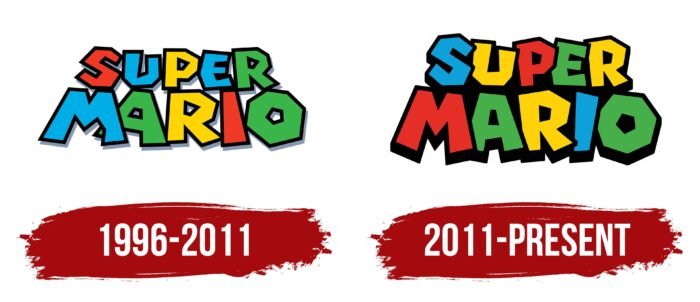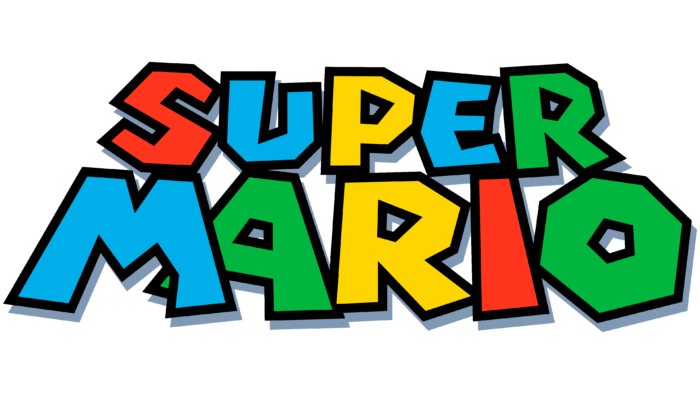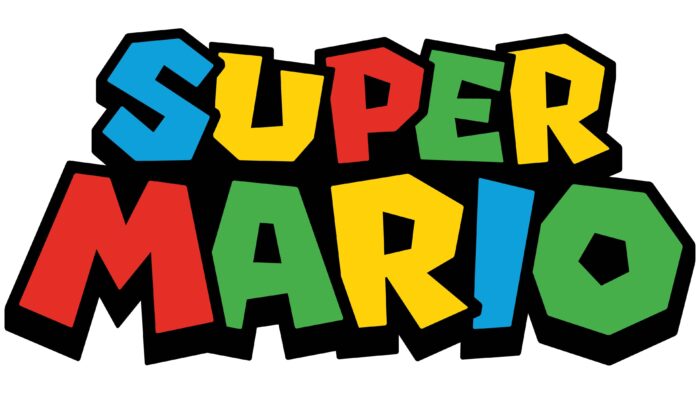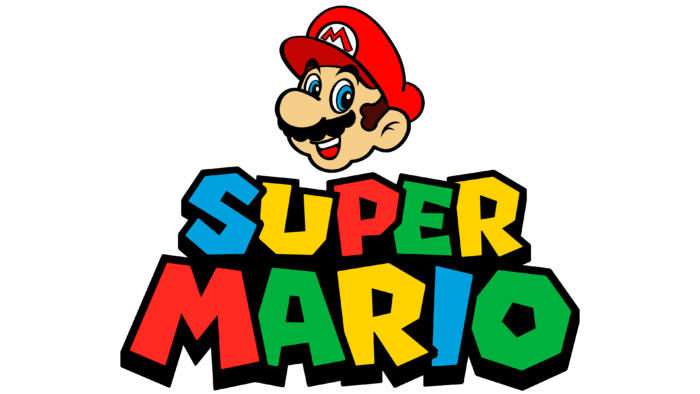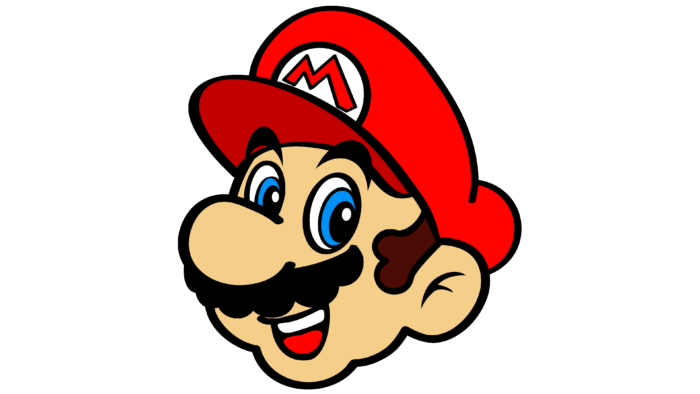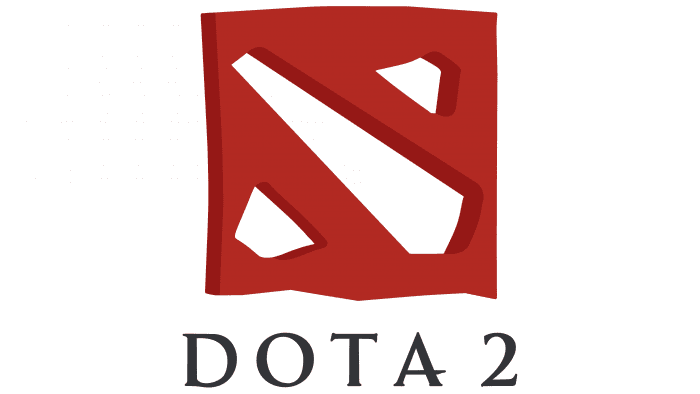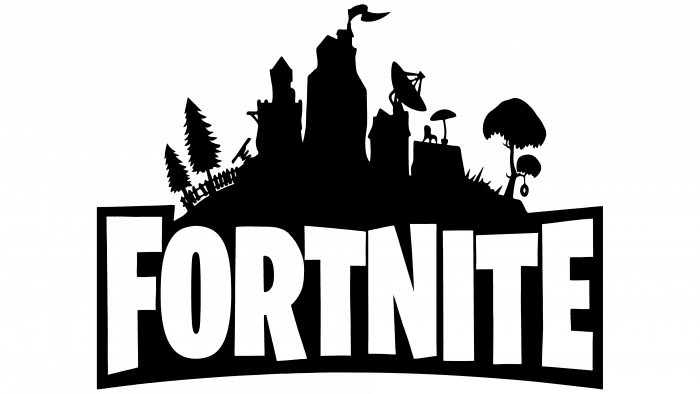The game’s emblem demonstrates the mountains and obstacles that the main character must overcome in the arcade. After one level, you can move on to the next. At the same time, the children’s theme can be traced in the bright elements of the Super Mario logo.
Super Mario: Brand overview
| Founded: | September 13, 1985 |
| Founder: | Nintendo |
| Headquarters: | Japan |
Meaning and History
The history of the series began in 1985 when the first Super Mario Bros. game was released. Nintendo created it for its famous NES console. Then the 2D platformer had many sequels, which formed whole subseries with different logos. There are about ten Mario-themed video games released each year, and most of them do not follow general branding guidelines. In some ways, this is even good because individual identity helps to distinguish one game from another.
The title of the series is inspired by the arcade game Mario Bros., which debuted in 1983. The word Super was added when the developers decided to introduce Super Mushroom into the fictional world. In the beta versions of the game, it was not there, so the character could not shrink and enlarge. But tests have shown that Mario is too tall. The creators had to use imagination to figure out how to resize it without affecting the design of the levels.
The series of platformers did not have a universal logo for a long time, although it appeared back in 1985. The names of the games were written in different fonts. Branding only became more consistent with the release of Super Mario 64 in 1996. Based on its headline, a colorful franchise symbol was developed. Then the authors slightly changed the shape and colors of the letters, coinciding with the redesign for the release of Super Mario 3D Land.
1996 – 2011
The first official version of the logo had much in common with the lettering on the cover of Super Mario 64. And that, in turn, was created following the example of the Super Mario World title (1990), where each letter was painted in a different color.
The video game series title was split into two lines, with the first word being slightly less than the second. The designers used four bright colors to style the text. They alternated in such a way that “I” and “S” were red, “M,” “E” and “U” – light blue, “O,” “A” and “R” (the last in “SUPER”) – green, and “P” and another “R” (the third in “MARIO”) – yellow. Each of them was outlined in black and cast a thin gray shadow.
The developers redesigned the logo by making the letters bold and giving them a clear geometric shape. The angular font made the “O” look like an octagonal nut. In general, the words did not look written but drawn because the proportions were not respected. “A” has been slanted and partially obscured by the diagonal stroke “M.” The left and right sides of the “U” did not match in height. The R in SUPER fell back, and the E seemed flattened.
2011 – today
Along with the release of the Super Mario 3D Land video game in 2011, a new logo for the series debuted. In terms of structure, it completely repeats the previous one, but the designers changed the colors in places and corrected the shape of the letters. Now “U” and both “R” are yellow, “M” and “P” are red, “I” and “S” are blue, “O,” “E,” and “A” are green.
The “O” has become an octagonal ring. “A” has leveled off slightly. The “M” has also become more proportional to resemble the iconic symbol of the franchise – the famous red “M” on Mario’s hat. The rest of the letters have also changed. For example, the “I” in the form of an asymmetrical quadrilateral is tilted to the right and tapers from top to bottom. Previously, everything was the other way around: “I” sloped to the left and expanded at the base. A slight modification made it possible to parallel one of the “O” faces so that they do not touch.
If we talk about other letters, they not only touch but also overlap at different points, as the “M” is partitioned off the “A” in the previous version of the logo. Thanks to this, the protrusion on the vertical stroke “E” is now hidden behind the “P.” Slightly rounded corners are another change. They make the lettering softer and more streamlined. The gray shadows disappeared, but the black outlines expanded so much that they formed one solid base.
Font and Colors
The franchise did not have an agreed design for a long time because it did not need an introduction: everyone already knew perfectly well who Mario was. But in the late 1990s, the developers still decided to unify the brand. Since then, his emblem has been the striking SUPER MARIO lettering inspired by the titles of some of the games in the series.
Based on the logo, the Super Mario 256 font was developed. It can be recognized by its irregular polygonal letters, primarily by the characteristic octagonal “O” and the “M,” which resembles the main character’s hat symbol.
The unusual typography is complemented by a vibrant color scheme alternating between green, red, yellow, and blue. Black serves as a common basis for them: it fills in the gaps and separates the letters so that they do not merge in a colorful kaleidoscope.
Super Mario color codes
| Spanish Sky Blue | Hex color: | #0ea0db |
|---|---|---|
| RGB: | 14 60 219 | |
| CMYK: | 94 27 0 14 | |
| Pantone: | PMS 801 C |
| Yellow | Hex color: | #ffd109 |
|---|---|---|
| RGB: | 255 209 9 | |
| CMYK: | 0 18 97 0 | |
| Pantone: | PMS 109 C |
| Lust | Hex color: | #e52e26 |
|---|---|---|
| RGB: | 229 46 38 | |
| CMYK: | 0 80 83 10 | |
| Pantone: | PMS Bright Red C |
| Bice Green | Hex color: | #46af4a |
|---|---|---|
| RGB: | 70 175 74 | |
| CMYK: | 60 0 58 31 | |
| Pantone: | PMS 354 C |
| Black | Hex color: | #000000 |
|---|---|---|
| RGB: | 0 0 0 | |
| CMYK: | 0 0 0 100 | |
| Pantone: | PMS Process Black C |
